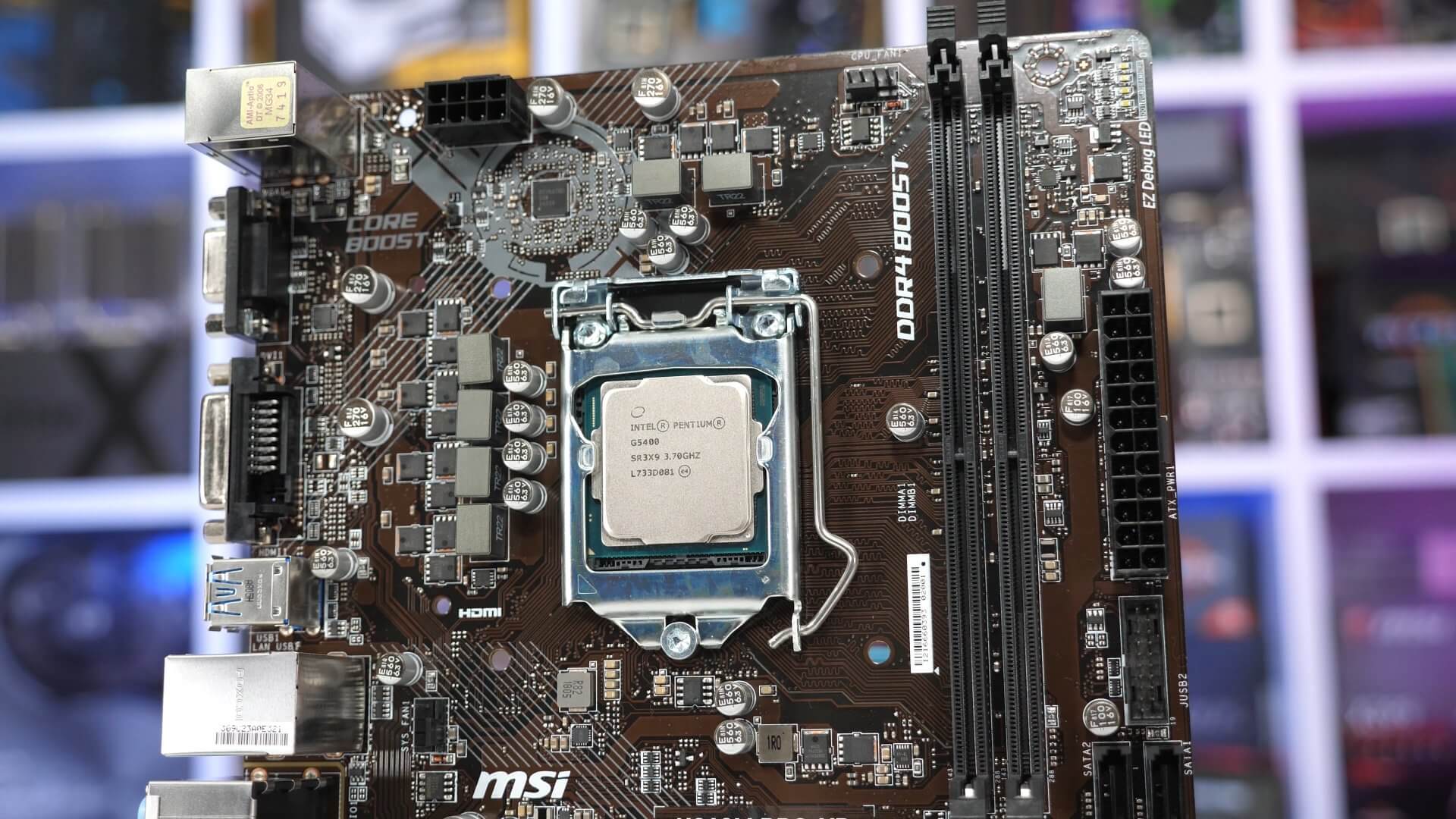If you're interested in low power low end gaming, something like a 5400 + RX 560 at 50% power (in WattMan) should prove lower power yet faster than the 2200G. Only problem is that RX 560 prices are still not down to the $100 suggested retail price.
Not that the 2200G isn't great value (it certainly is), just a certain use case where it might not be the optimal solution.
I agree. Many love the apu, but 2200g's 8 gpu CIs & no cache currently doesnt quite cut it for their job mix.
Like you, if it were I, the rx560 would be a nice fit, & a 2600x or a firesale 1700x on a x470 series mobo (~$150).
the 4GB rx560 is now $135 opern box & $145 new on newegg. The sweetspot $250 now gets you a 4GB rx 570.
I see zen/vega being a cosy ecosystem to be part of in future, and Polaris seems to be pretty similar hardware.
I also see that for those who can live w/o thate extra power, avoiding a PITA dgpu is a blessing.
The reality is dgpu has some key inherent advantages for some, but lets not forget they are superior in others. The apu has gpu/cpu/memory controller magically integrated on a tiny SOC using Fabric bus. It makes other rigs look stone age.
Forbes : "AMD revealed many of the details regarding its Zen+ processor architecture all the way back in January during the Consumer Electronics Show. ..... There are some new 2nd Generation Ryzen 3 and Ryzen 5 CPUs and APUs listed, which further flesh out AMD’s product stack over and above the existing Ryzen 3 2200G and Ryzen 5 2400G,"
Seems a no brainer there are more muscular apuS in the wings.
So far, only a minimalist laptop pair of apuS, & then a recent souped up desktop version of same.
The main problem isnt doing it, it's that they will compete with their own dgpu products.
Privately, a big motivator for new gear is as a fun learning tool.
With the APU, you are not settling for old tech anything. The Fabric zen and vega under your hood, are exactly~ what the deep pocket big boys are rapidly adopting /supporting as their platform.
You get to go on the same ride they fund, and your learning is relevant - not about some dodo; cpu/gpu/mobo combination, which is just mental clutter.
